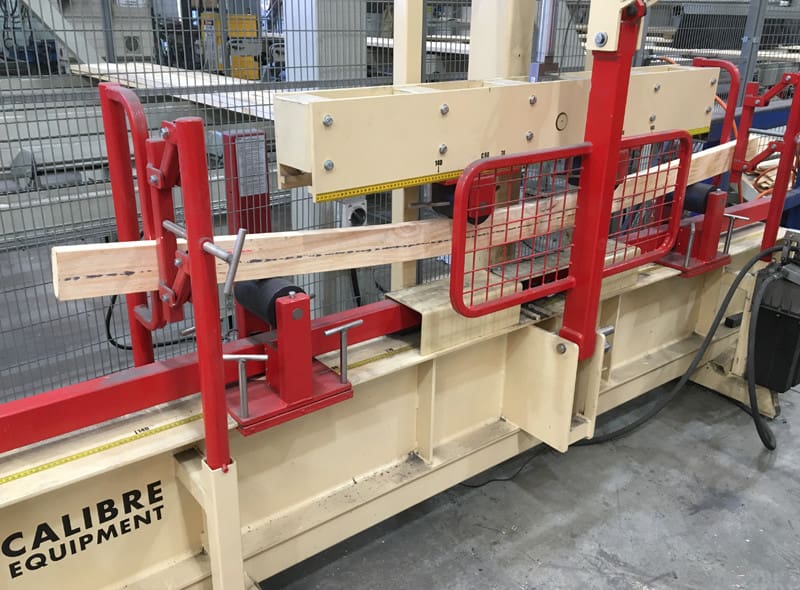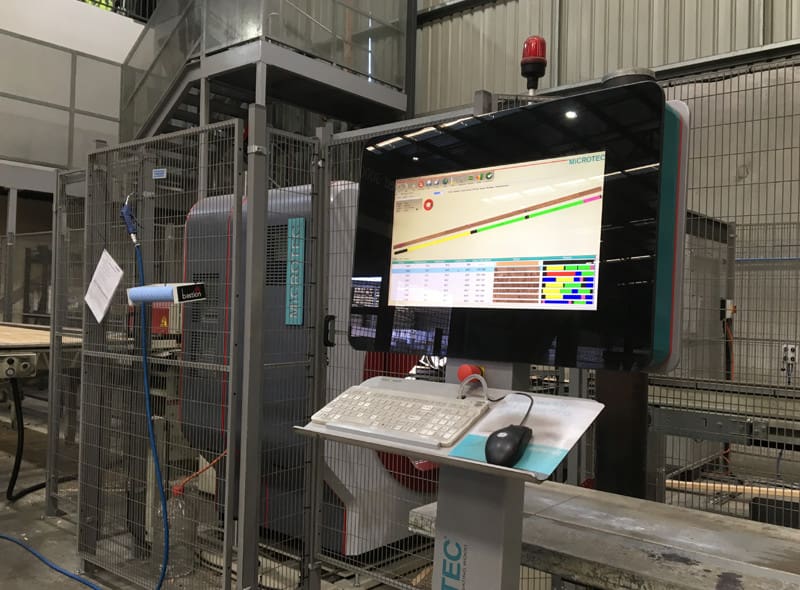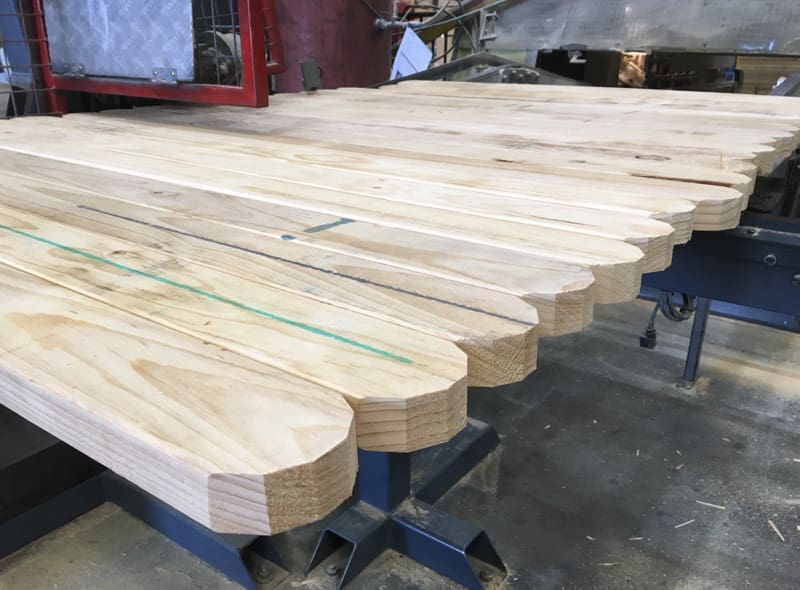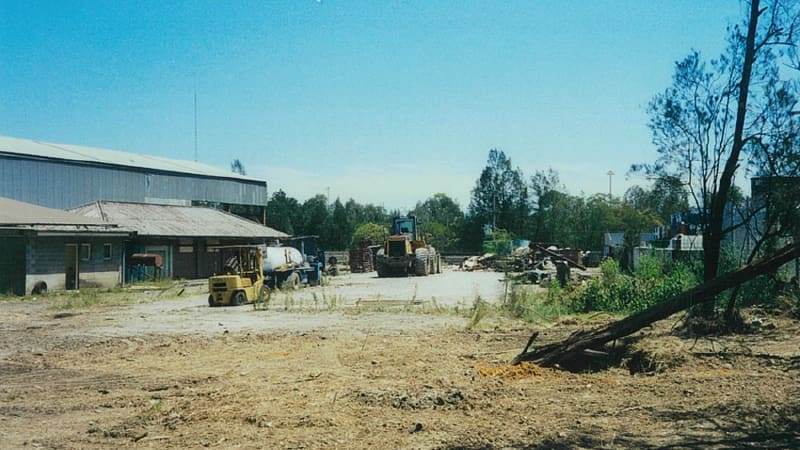Understanding Timber Structural Grading: A Comprehensive Guide
Selecting suitable timber for structural applications involves understanding various design properties to determine the correct dimensions and stress grades.

The process of timber structural grading evaluates numerous design characteristics, such as bending strength and stiffness, compression strength, tensile strength, and shear strength, among others. Here at Programmed Timber Supplies, we aim to demystify the process of timber structural grading, highlighting its importance and the standards that govern it.
Decoding Timber Stress Grades
A timber stress grade encapsulates an array of design characteristics. Each grade sets a minimum value for every criterion, meaning that a timber piece must meet all these minimum criteria to attain a particular stress grade.
Different criteria become relevant based on the intended application. For example, bending stiffness is a primary concern when designing a truss chord to avoid exceeding a deflection limit, whereas a wall stud’s design considers compression parallel to the grain.
The Australian Standard AS 1720.1 details the individual characteristic values necessary for design relevant to ‘MGP’ and ‘F’ stress grades. As timber producers, we must ensure our timber meets at least the minimum requirement for all characteristics of its respective grade. To demonstrate compliance, we employ various production methods that align with standards AS/NZS 1748, AS 2858, or AS 3519 for solid softwood.
Furthermore, we verify our grading results through rigorous testing, primarily employing the standard AS/NZS 4490 for this purpose and using the AS/NZS 4063 methodology. To produce and sell structural timber in Australia, adhering to these guidelines is indispensable.
Transitioning to ‘MGP’ Grades: A Strategic Move
The major Australian softwood producers’ switch to ‘MGP’ grades in the 1990s brought several advantages. Although the ‘F’ grade system was not inherently flawed, some individual design characteristics seemed underrepresented. The transition to ‘MGP’ allowed better timber utilisation by realigning these characteristics.
Extensive testing of timber from various locations was necessary to understand these characteristics and their interrelationships. Correlations and averages were determined based on forest location and tree growth, with each area revealing unique values.
Our Approach at Programmed Timber Supplies: Tailoring Timber for Purpose
At Programmed Timber Supplies, we source our feedstock from multiple locations, which presents challenges in implementing a uniform ‘MGP’ grade system. However, we instead capitalise on the actual properties of each component and adjust to the unique attributes required for the end application.
Unlike a conventional sawmill, we manufacture components with a clear understanding of their final application, ensuring each product is genuinely ‘fit-for-purpose’.
Our ‘F’ grade system, backed by high-speed scanning technology, accommodates the specific requirements of the 25 million components we process annually. It also facilitates unique features such as end zone grading and point load specification.
For wall frame and roof truss fabricators, procuring grade-certified components from us boosts productivity by allowing them to focus on cutting job-critical components, thereby optimising plant output.
In summary, a thorough grasp of timber structural grading intricacies is essential for anyone involved in the structural timber industry. It ensures the right timber is used in the right place, improving the efficiency, safety, and longevity of the structures built.



